Mick Ryan
For almost all of its modern history, the state of Israel has engaged in relatively short wars. This is a function of its geography and its small population.
The 1967 and 1973 wars lasted for six and 20 days respectively. Its wars in Gaza have also been short. None of its wars there in 2008, 2012, 2014 or 2021 lasted more than a couple of months. Similarly, the 2006 Israel-Hezbollah War lasted a month.
However, despite its preferences, there have been times when Israel has had to fight for much longer periods. These include the first and second intifadas and the Lebanon War from 1982 to 1985.
Today's Israel-Hamas War may also continue for a considerable amount of time. There are three reasons for this.
The first reason is that Israel has extensive aims for the current conflict. While many reports characterise Israel's Gaza objectives in terms of Hamas and hostages, this is only part of the story. In addition to dismantling Hamas and recovering all Israeli hostages taken on October 7, Israel has four other objectives. These need to be understood when considering how long this war might last.
The four additional aims include ensuring there is no threat to it from Gaza in the long term, strengthening the security of Israeli citizens, restoring Israel's deterrence against repeat attacks on civilians, and vitally, restoring the physical and psychological security of border settlements in the south and the north.
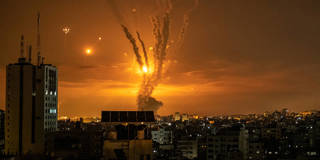

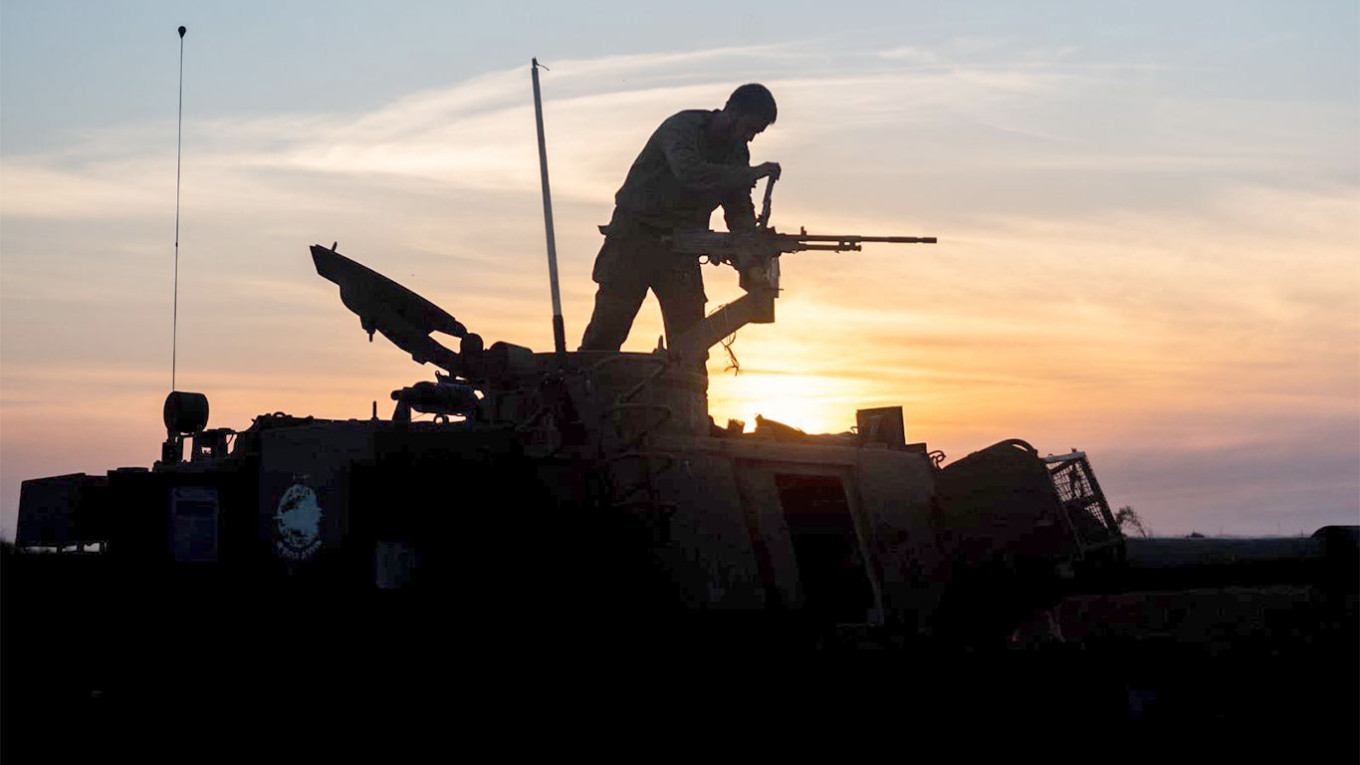




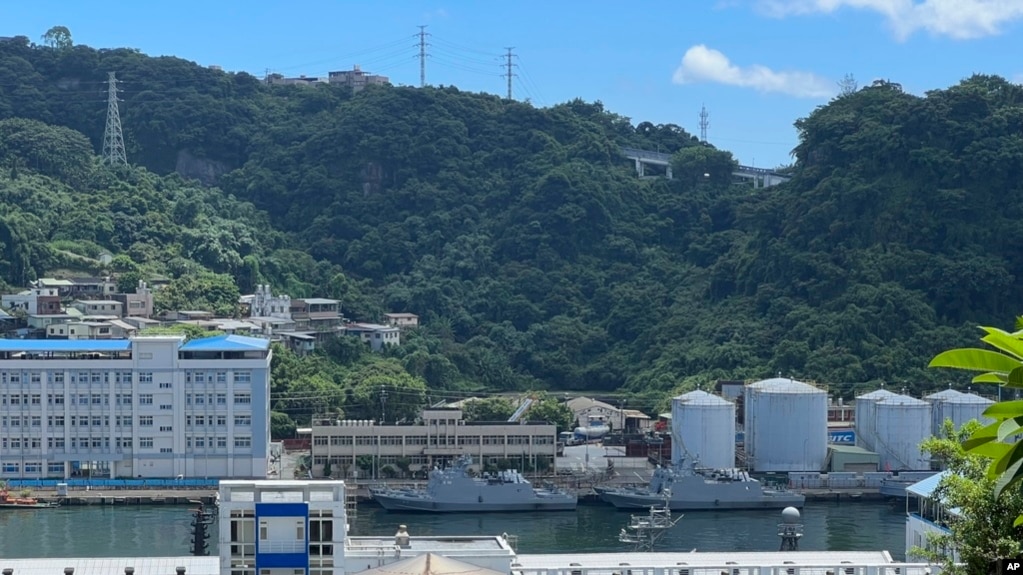
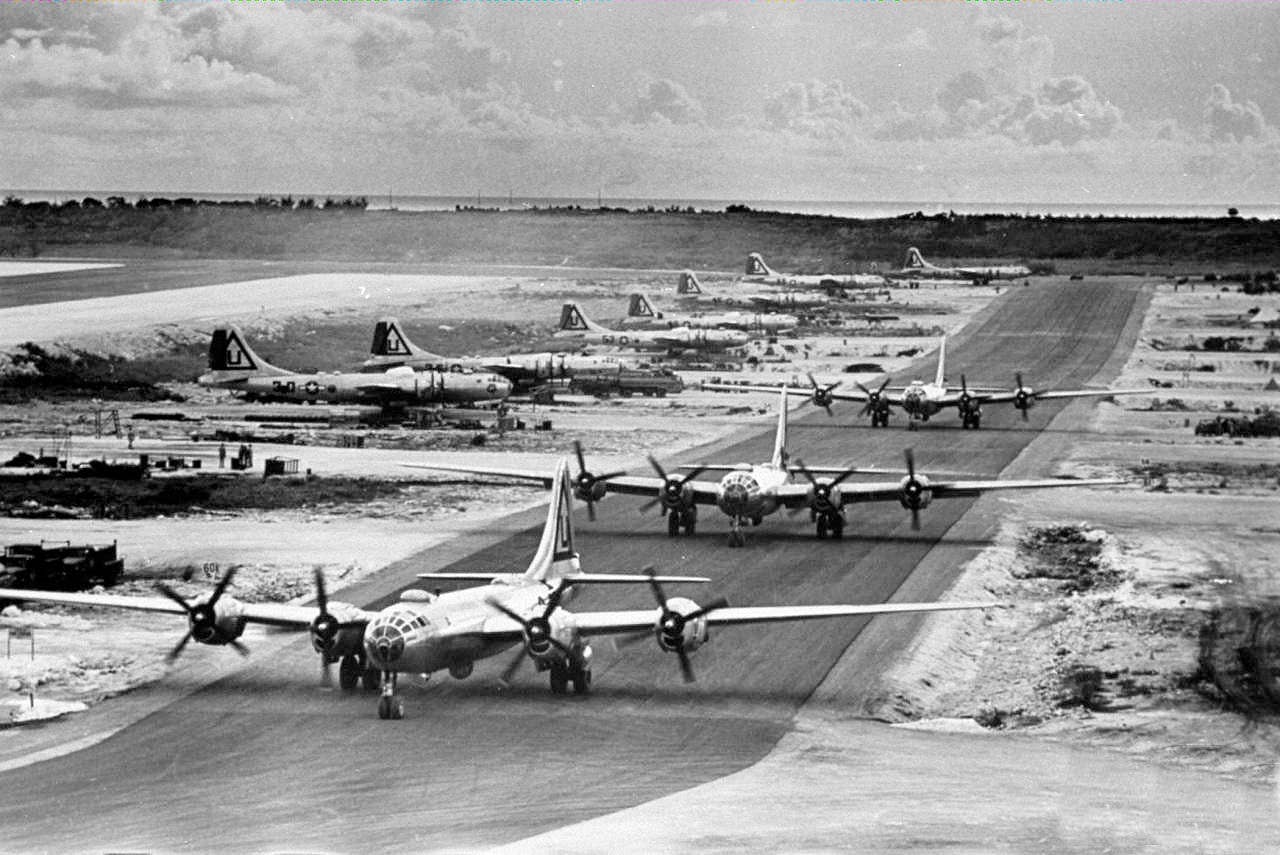


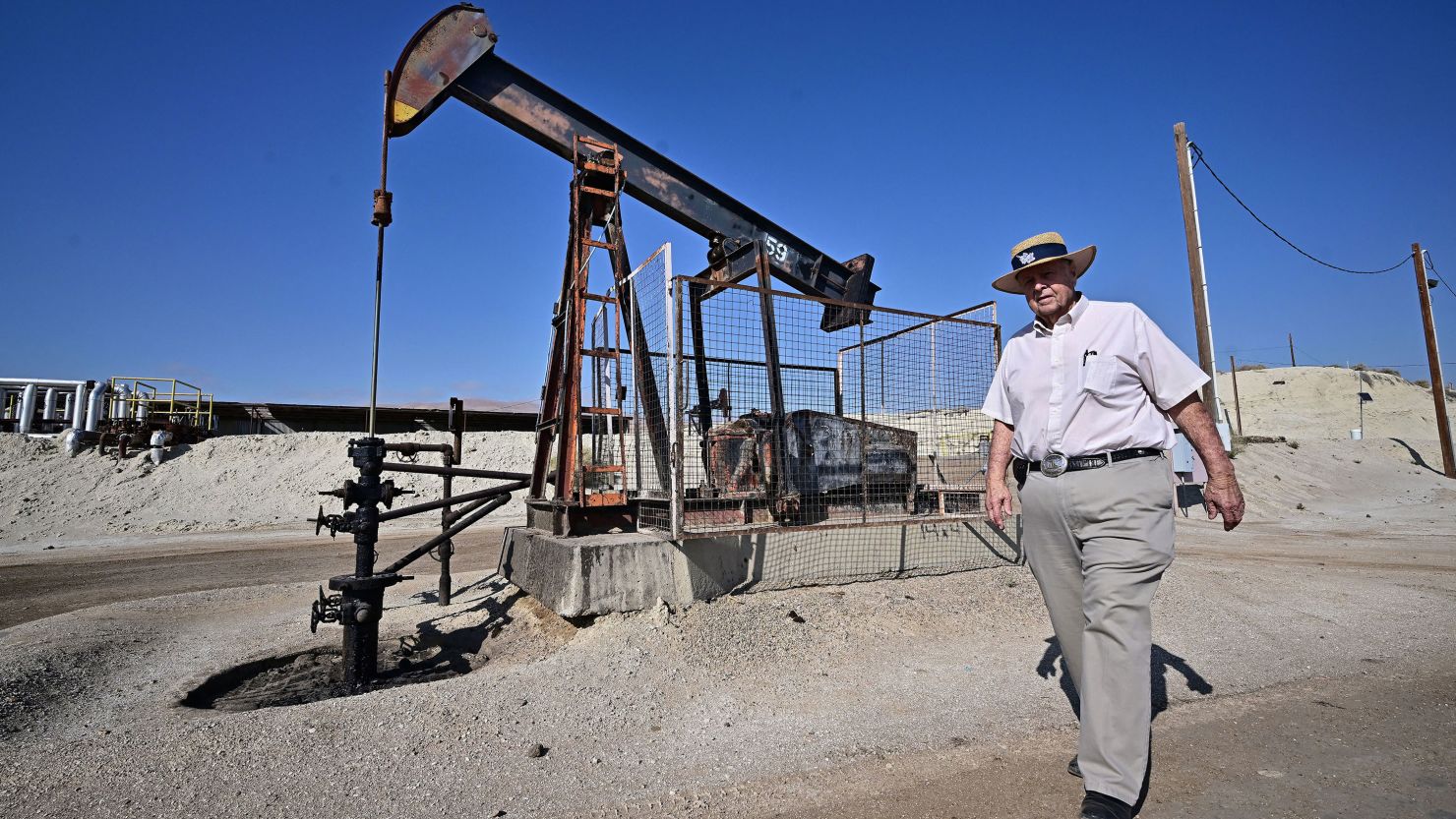
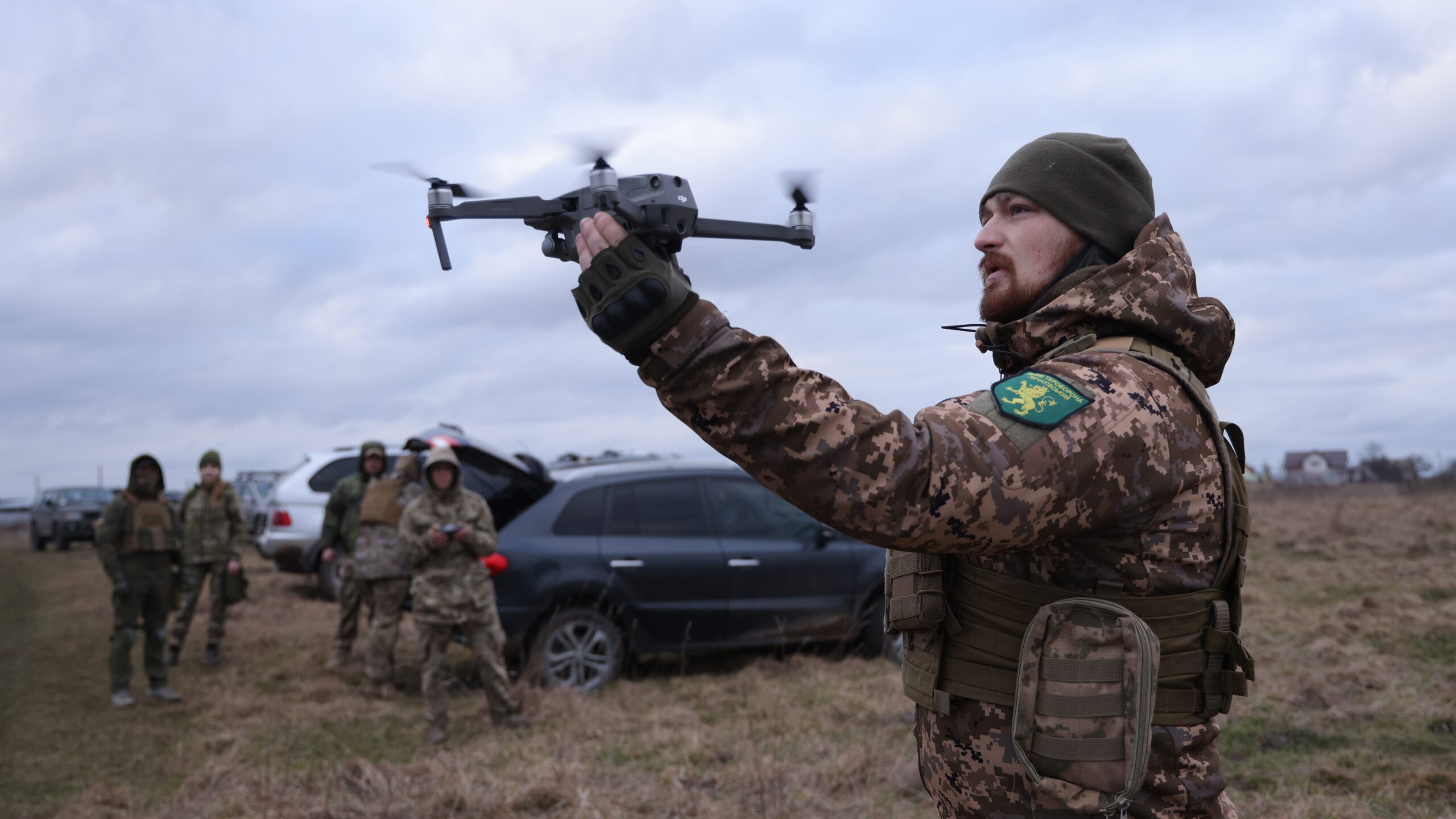

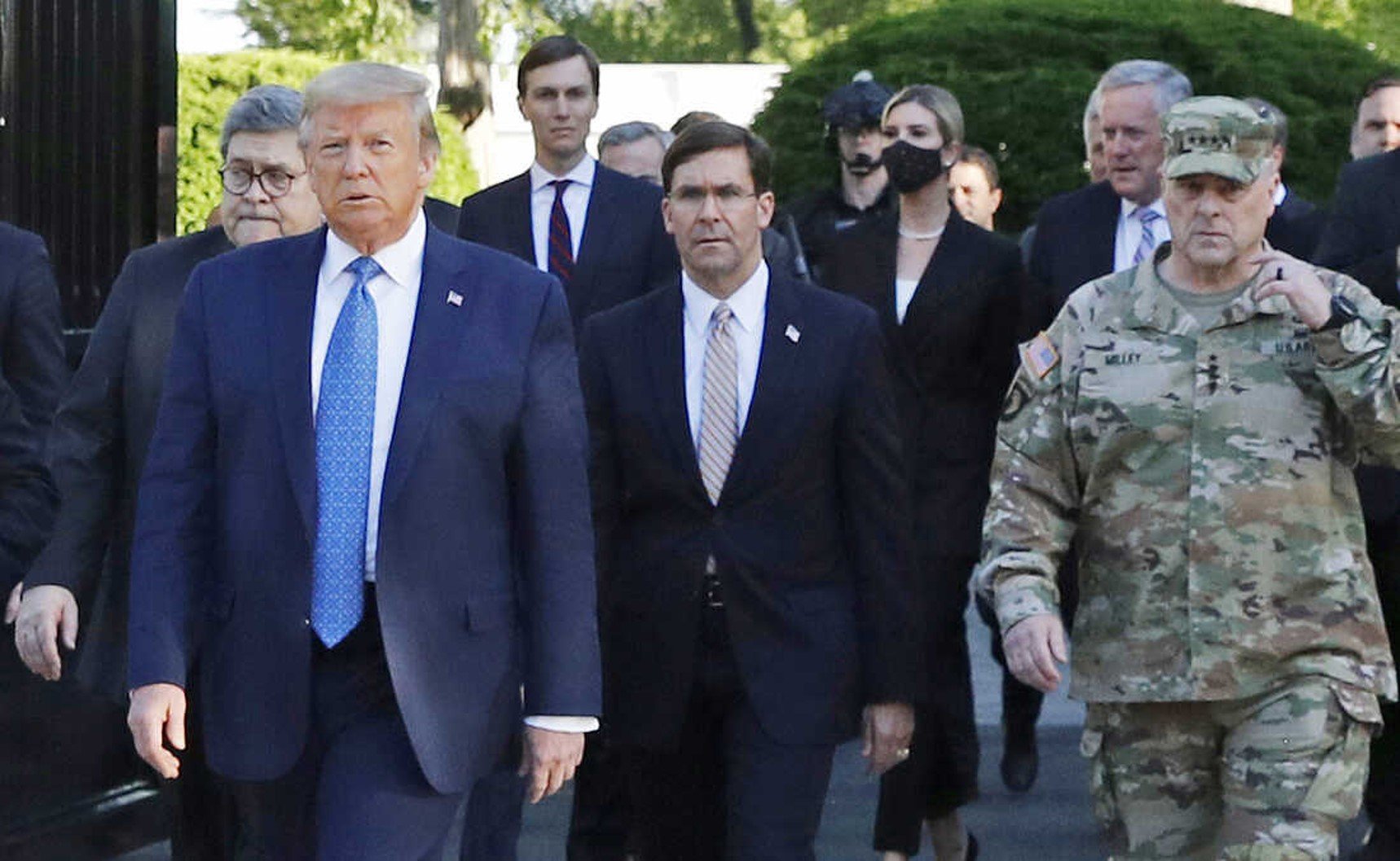

/2023/12/16/image/jpeg/tkETHIZDQ6tO8DEr0D6OeDvL1qVKewWlWyOWDxgg.jpg)
